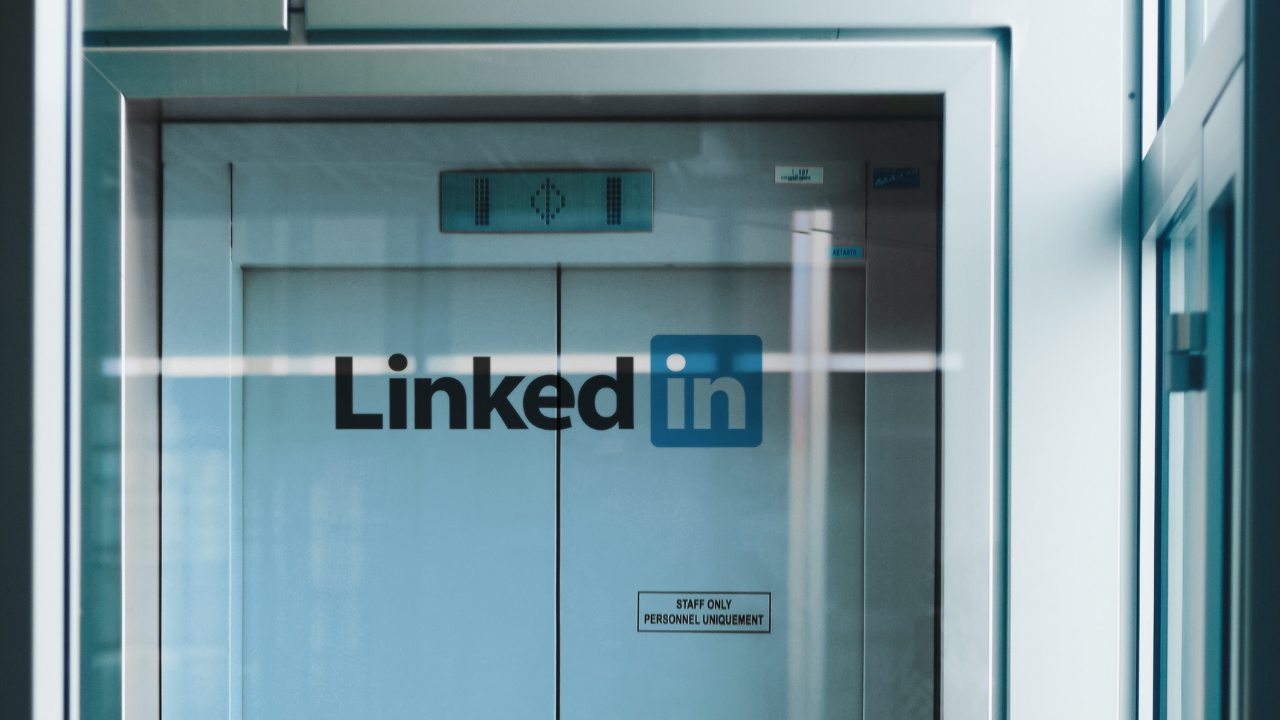LinkedIn is giving workers this week off in order to reduce the risk of burnout, which has become an increasingly big problem for some remote employees.
In the meantime, a smaller group of workers will continue to operate things, and be able to schedule their time off later.
“We wanted to make sure we could give them something really valuable, and what we think is most valuable right now is time for all of us to collectively walk away,” said Teuila Hanson, chief people officer at LinkedIn. “And what is really nice after a shutdown, you come back and you don’t have a barrage of emails or meeting notes that you feel like you have catch up on or you feel like you have to peek at your email.”
A 2018 Gallup poll found that two-thirds of full-time workers experience burnout at their workplace. This number has only grown as remote workers continue to work longer hours and lack separation between home and work life.
Burnout is costly, not only in quality of work, but research from Stanford University has shown that it can cost employers $120 to $190 billion each year in healthcare costs alone.
The social media network also announced that it’s work policies in the future will allow employees to “work flexibility up to 50% of the time,” which is in tune with many other major organizations who are committing to a hybrid work model.


 Dr. Gleb Tsipursky – The Office Whisperer
Dr. Gleb Tsipursky – The Office Whisperer Nirit Cohen – WorkFutures
Nirit Cohen – WorkFutures Angela Howard – Culture Expert
Angela Howard – Culture Expert Drew Jones – Design & Innovation
Drew Jones – Design & Innovation Jonathan Price – CRE & Flex Expert
Jonathan Price – CRE & Flex Expert










